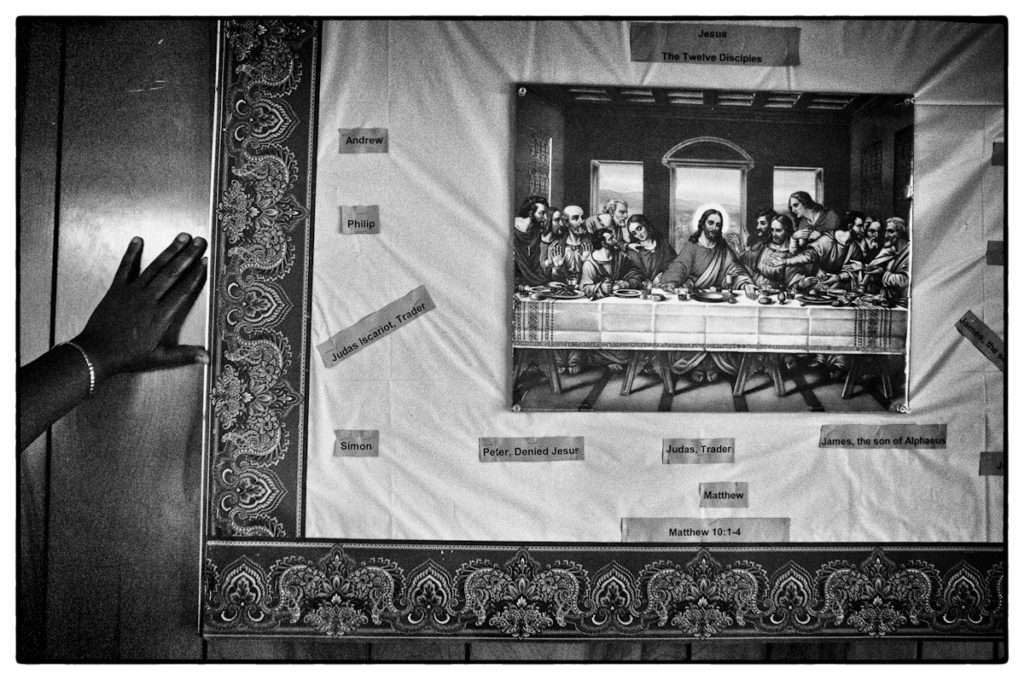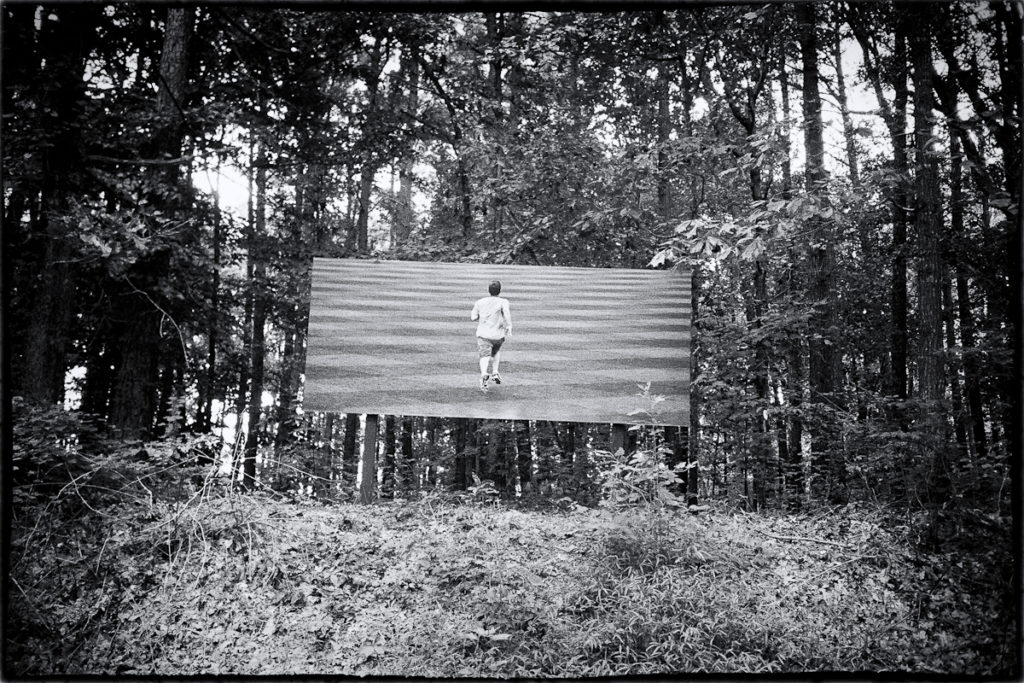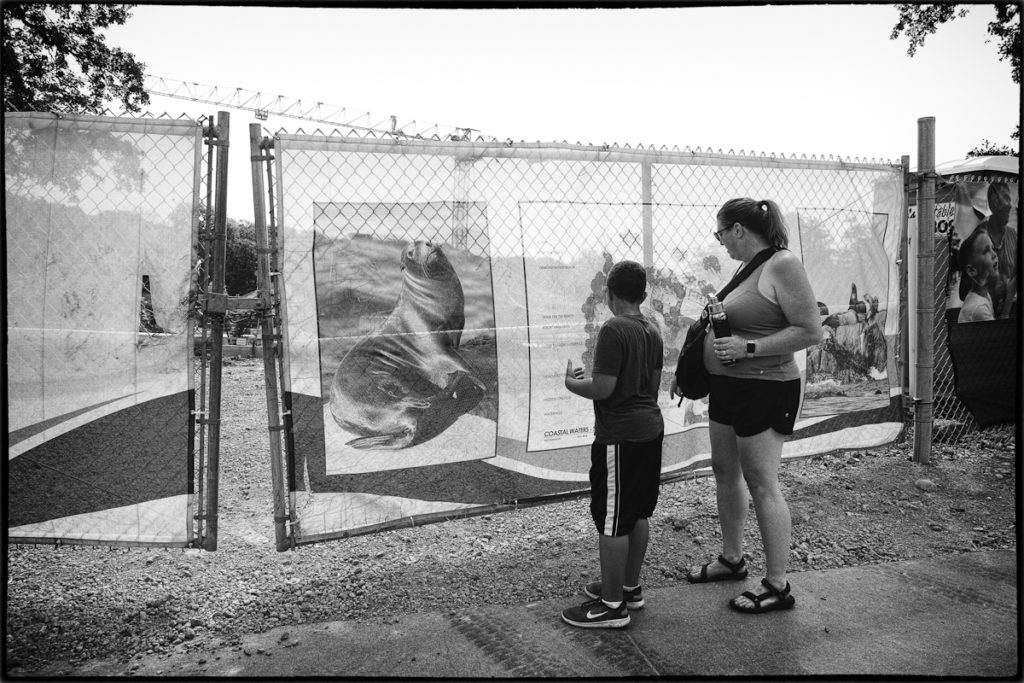
“The amazing growth of our techniques, the adaptability and precision they have attained, the idea and habits they are creating, make it a certainty that profound changes are impending in the ancient craft of the beautiful.” – Paul Valery
In the Phaedrus, written by Plato circa 370 BCE, Socrates discusses the Egyptian myth of the creation of writing. Socrates thought writing a bad thing because it weakened our powers of memory and thus altered our reality in a profound way, memory being the pre-condition of all culture. This explains why Socrates never wrote anything; his student Plato transcribed his dialogues and thus gave him to history.
For Socrates, writing allowed a pretense of understanding, not true understanding. What we read we really don’t understand in the way we do when we hear and speak: “For this invention will produce forgetfulness in the minds of those who learn to use it, because they will not practice their memory. Their trust in writing, produced by external characters which are no part of themselves, will discourage the use of their own memory within them. You have invented an elixir not of memory, but of reminding.” What’s interesting for present purposes is not Socrates’ opinion about writing but his recognition that the transition from orality to writing would lead inexorably to new modes of thinking and thus, new realities. This is also the thesis of Cambridge social scientist Jack Goody, who in 1977 wrote The Domestication of the Savage Mind wherein he traces the long-term changes in human cognition and culture brought about by the development of writing. The mode of our communication shapes what we think.
*************

David Levi Strauss’s recently published Photography and Belief, is about the photographic image and its relationship to what we believe to be true. According to Strauss, with the advent of digitization, we are in the midst of a second radical cultural transformation as profound as the development of writing- the move from a written culture to a culture of images. Strauss examines how digital technologies change how we look and how and what we trust by seeing.
Specifically, Strauss’s interest is the aura of believability that images provide. Photographic images have inordinate power to influence opinion, prompt action, create and direct desire. The question for Strauss is “Why?” Is their power based on an assumption of their truthfulness? If so, why do we assume images are true? As Wittgenstein noted almost a century ago already, such needn’t have been the case: “We regard the photograph, the picture on our wall, as the object itself depicted there. This need not have been so. We could easily imagine people who did not have this relation to such pictures. Who, for example, would be repelled by photographs, because a face without color or even perhaps a face in reduced proportions struck them as inhuman.”
Most would answer Wittgenstein’s question by pointing to the ‘indexical’ nature of photographs i.e. they are stenciled directly off of real things and more or less represent those things as they are. Of course, there are problems with this understanding as well. Behind the curtain of ‘indexicality’, photographs have been subject to various forms of manipulation. Questions about individual photography’s faithfulness to the real have been around since its inception, although digitization has made its manipulative capacity increasingly obvious to the lay public. For Strauss, however, the long-running debate about photography’s verisimilitude misses a bigger, more important point: what is the tsunami of images we’re deluged with doing to our understanding of truth itself?
*************

Strauss is interested in how our new technologies ultimately undermine the connection between seeing and believing and how a shift in our relationship to images may come to threaten our very purchase of the real. Instead of discussing whether we should believe images, Strauss claims that the surfeit of images we now consume has created a new type of consciousness – a quasi-hallucinogenic “optical consciousness,” borrowing a phrase from Walter Benjamin – and we aren’t going to return to an earlier mode of thinking. We are, in effect, “all in” in this new world of images, where we encounter so many, so fast, our critical faculties have essentially been disabled.
The day of a single photo hanging on a wall, a subject for critique and evaluation, is gone, replaced by images that appear “in a flow” of digital presentation: “Images that appear on the screens of our devices go by in a streaming flow. Individual images are seldom apprehended separately, as a singular trace. Singular, still images operate very differently on the mind. The images in a flow are seldom dwelled on, so their individual effect is limited, creating instead a disproportionately generalized effect.” This new consciousness isn’t predicated on a choice we make about believing, or not believing, particular images; it’s, in effect, forced upon us by the volume and rapidity of the images that deluge us. We are losing the ability to ‘see’ particular images, and with that are losing a means of believing in the real. As Strauss notes, “we no longer believe in reality, but we believe in images.”
Views: 25


I wrote something about this too!
https://photothunk.blogspot.com/2021/05/crit-photography-and-belief-by-david.html
It turns out that Levi-Strauss boosted a little more from Barthes than he mentions, both Thomas and the idea of acheiropoesy appear in Camera Lucida (which I only noticed after writing my review.) In fact, I also read Flusser a little later, and discovered that Flusser and Barthes appear to be saying nearly opposite things, so it’s not 100% clear to me how successful Levi-Strauss is at harnessing them together to his plow.
I remain pretty firm that Levi-Strauss book is basically a rehash of Berger’s “Appearances” with a sort of sloppy hand-wavy final chapter on flow and social media tacked on the end.
One thing you are right about: the whole book is pretty muddled. You really have to stretch to get his point, assuming he has one. The parts on Barthe and Flusser don’t seem to fit any of his argument. They’re just there as the academic equivalent of virtue signaling – showing everyone you’re up on the latest theoretical jargon and pretend to understand it. Generally speaking, Levi-Strauss’s book is the same old same old when it comes to theory of photography – a jargon filled obtuse mess that leads me to believe most of such theorists have no fucking idea what they’re actually talking about.
And I wish they’d stop using in-crowd jargon like “acheiropoesy” that nobody understands and wouldn’t mean anything even if they did.
Other than that, it’s a great read.
Perhaps it’s the mood I’m in, but I feel a little relieved not to concern myself too much today about what other people on the literary slopes think, proclaim or attempt to pass off as deep thought.
I’ve just washed the patio table with its daily dose of mild bleach solution (certainly not 1:1 nor even 1:3 like beloved old D163 of yesteryear) and I trust in the efficacy of that solution to disarm any rogue elements falling from the local rats, cats or even more hidden wild creatures that roam the land in the night. Not only in the night: we used to have a plastic tray that I’d fitted to the top of a length of conduit tubing that I’d then attached to a concrete block sunk into the lawn; with a little dish of nuts and another of water, it was supposed to attract the birds to the garden and provide a little touch of beauty beyond the reflection of our own. Best intentions etc. We were sitting having a coffee one day – much as I am now, but alone – when we spied a huge rat climbing up the six feet of thin metal pipe and then manoeuvre itself around and onto the lip of the plastic tray, and proceed to enjoy the offerings arranged so delicately for the birds.
Angered by this breach of altruistic hospitality, I clapped my hands loudly and the mother instantly leaped right off the tray and onto/into the hedge a foot or so to the side. Who would have imagined a rat could scale a metal pipe? I did know that they were able to tightrope walk, having observed one use a couple of stretched electricity cables that ran in the air right aross the inner, open-air courtyard dining area of a local restaurant, just to get to the other side. I wonder what Socrates would have had to say about that, other than to ponder the philosophy of chickens.
The thing is, had I had a camera available with a long enough lens, I may have had evidence to support my observation of the rodent on the wire; as it is, I’m no more convincingly armed with proof than would Socrates have been, even with poor young Plato as dining guest.
I guess we trusted the pre-digital image because it was so difficult to alter it convincingly, at least to the eyes of another professional snapper. Flattening of planes is certainly able to make things actually a distance apart on parallel planes look very close to one another, but as an easy way of fooling the viewer so awkward to set up or to contrive naturally in news events, for example. Today, snappers hunt for the horrid facial expression that will later be used to push the character of its owner in whichever negative direction an editor may desire. Had Hitler been snapped beaming with honest delight at a new motorboat or other such gift, you can bet that the Nazis would have used the headshot to push the concept of him as saviour of his race. It cuts both ways. Or it used to do that.
Digital snaps no longer have the ability to convince anybody familiar with imagery or its production. Everything is taken with a packet’s worth of salt, and as propaganda, other than to the very ignorant – sadly still so many of them – must surely fail to have quite the delivery that a photo had during WW2, for example.
It was said that television would eventually corrupt the mind and deaden the senses of mankind; today, I find that the Internet manages to consume far more of my time than television ever did. For example, my watch informs me relatively reliably that it’s seven minutes after noon; as I have to make lunch, that means that I must now spend the next couple of hours cleaning vegetables and cooking mince in volume enough for four meals spread across whenever the fancy takes. I need to find another place for the Kodachrome etc. that lives in the lower drawer of that freezer. However, I also know that I can’t, that it will be a task for my heirs. Do our emotions control us?
The last paragraph is too exclusive in my mind.
When Tim mentioned taking pic’s of his treatments it would have presented any number of choices that would have to be presented in a certain order and it would have to be a number of pic’s to convey his experience.
Whether it was acquired digitally or film really doesn’t matter. Would you dodge and burn? Probably. So it’s altered. So what.
Would you concentrate on certain images? Sure. Would the, say 30 pic’s, detract from the overall simply from the sheer number? Probably not.
Would such a presentation change my perception of the reality? Don’t know, but it would define his reality to me.
So it’s horses for courses in a general discussion of image overload, I think you have to be specific.
Dan, is this, above, in reply to my post, or to Andrew’s?
https://www.bitesnich.com/photography-india/
You guys may or may not know about this fellow I found in French PHOTO way back in the 80s: in a nutshell, he’s been around a long time and became rich and famous via the girls. He made books, calendars and stuff like that, and then I discovered some time ago that he was pretty powerful in the darker elements of “street”, too.
I’m sorry if this looks like a thread hijack: unfortunately, there is no clean, ready-made route for posting interesting links here other than by tapping into one or another of the theads. Sadly, it makes me feel a bit like those Viagra salesmen that use this site, but I hope that in this case, the message is worth the delivery.
Fingers crossed.
That’s interesting, haven’t seen his work before. Thanks for posting that.
My comment was to Tim’s last paragraph……
Yesterday (July 26) was Elliott Erwitt’s birthday. He is famous for avoiding long winded books, discussions & critics going on and on about photography. He’s also known to take humorous photographs.
Mick Jagger also celebrated a birthday yesterday. Thank you Mick for surviving this long. Keef looks in better shape and Charlie is Charlie. But Keef & Charlie didn’t have birthdays yesterday. They’re also known for making some memorable music.
Happy birthday to all who made it to their birthday and were not mentioned in the media. Let’s hoist a glass or mug to all of you. And, if any of you have reached the age of invisibility you know this world no longer belongs to, or cares much about us. Makes my photography easier.
Ah, Daniel, the age of invisibility!
Thing is, it’s elastic: David Bailey has still to reach it, but with a few months between us, I vanished a couple of decades ago.
And how accurate your diagnosis: apart from immediate family, parts of which still feel a certain sense of approaching responsibility for me, I may as well have died with the last gig. Such is life, especially of the widow or widower.
But it has its benefits, as I mention on my website where I quote from the main character in the great movie La Grande Bellezza: “The most important thing I discovered a few days after turning sixty-five is that I can’t waste more time doing things I don’t want to do.”
Down in the port of the small town where I live is a restaurant with an adjoining roofed quayside bar. The sides are open, and the sea and fishing boats sparkle in the sunshine. It is expensive, and I last went there with my wife and some friends about fifteen years ago. if I get timely notification of my impending demise, and am still mobile, I intend to quit my prescribed one glass of red wine per day limit, order a bottle of champagne and some canapes and sit there, admiring nature until the show ends.
No, I won’t bother bringing a camera. I may make a continuous recording of “Wasted away in Margaritaville”, though, and bring that along.
I’m assuming you gave up on the idea of dropping acid and taking a wingsuit lesson……
Why would you assume that?
That’s a hell of an image….. Rob sitting in a bar, high on acid dressed in a wing suit waiting for his lesson…..
Especially as he’d sitting be at about two feet sea level…
🙂
Rob
No, not with that last bottle of champagne yet, despite the garbled post – just a product of the humidity.
What he meant to say, is that he’d be sitting in a bar that’s about two feet above sea level. That wouldn’t bode well for the flying lesson.
🙂
Rob
Not so Rob…we moved your entire scenario to the Pyrenees at that ever popular bistro
L’ Effondrement….I’m certainly not conversant in french but I thought their motto, was something like “Where the sky meets the earth”, was in questionable taste.
With all that excitement, life would suddenly become too much worth the living again! Kinda like snatching defeat from the jaws of victory, in a perverse sort of way.
We drove through Andorra a couple of times en route from Barcelona to France, and the diesel fumes from backed up coaches was suffocating; it may be a tax haven, but it’ll kill you younger. Another fact we discovered was that boarding big ferries early in the queue isn’t always a bright idea: it means that you are late getting off them, and have to inhale all the fumes from the other cars revving up to go.
You ought to come out to California, every shot is now sepia.
And to think that I thought it was all a matter of clever grading!
Fires are hitting the French Riviera, too; that’s why nature is giving us rising seas: easier for those pilots to scoop up more water to fight the flames. There is divine equilibrium to everything. That said, all that added salt on the landscape is going to alter the taste of the truffles. No free lunches.
I read that the expected, and realised Taliban victory has made the heroin trade a more settled market, with uninterrupted supplies no longer exposed to distribution surcharges from Officer Milo. Yossarian will be pleased!
🙂